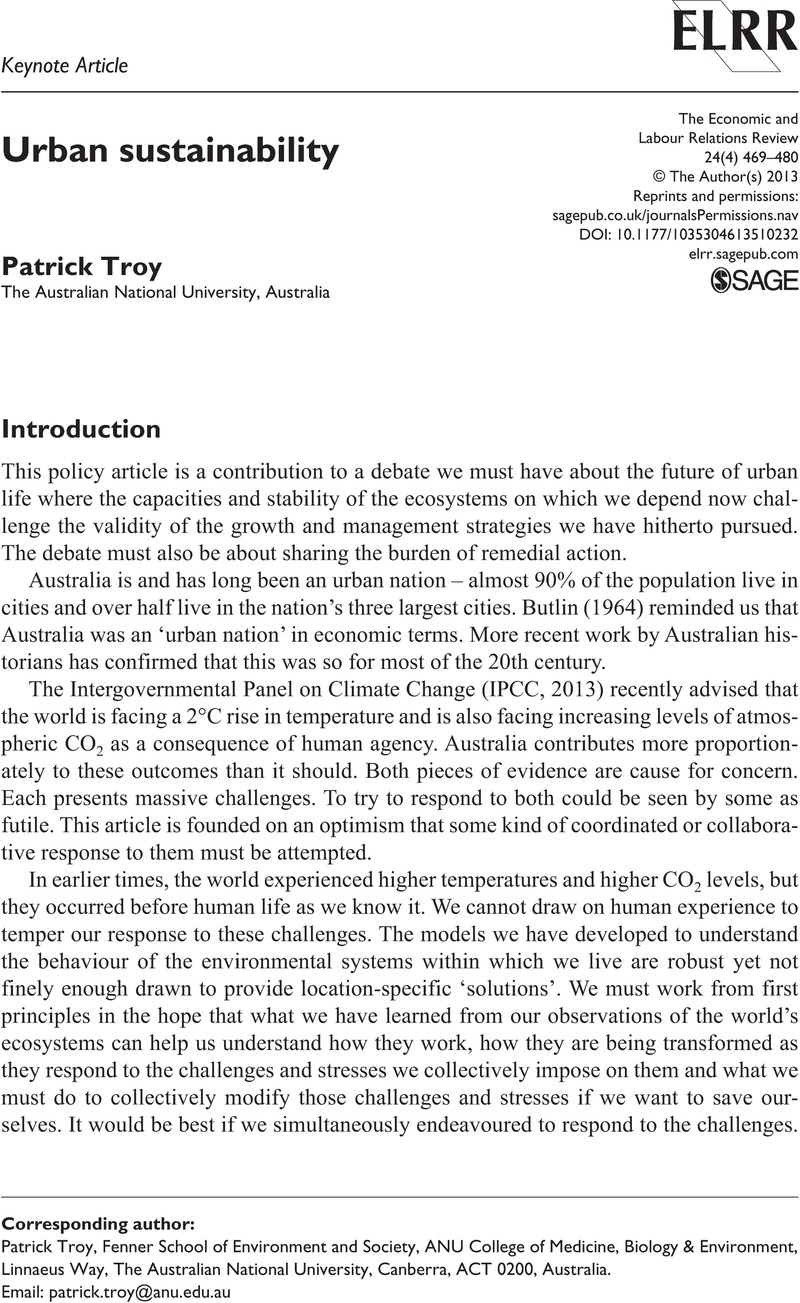Crossref Citations
This article has been cited by the following publications. This list is generated based on data provided by Crossref.
Tang Kai, Natasha
and
Swatuk, Larry
2023.
Prioritizing the Environment in Urban Sustainability Planning.
p.
1.



